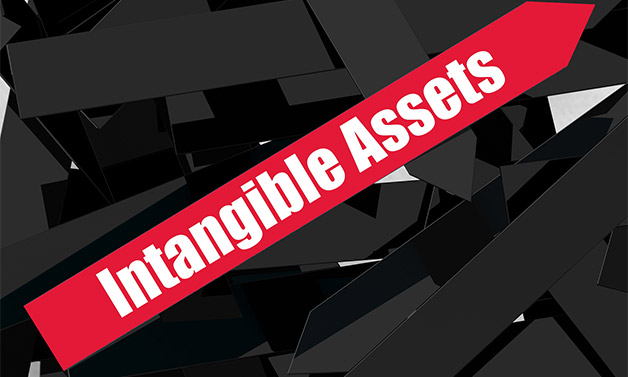
November 18th, 2025
Posted on December 17th, 2024 in Business Valuations

This is the third article in a series on intangible assets and the various valuation methodologies and considerations. Please see our Spring 2024 FSAT newsletter for the first and second articles in our series, ‘Unlocking the Value: Understanding Intangible Assets in Business Valuation’ and ‘Determining the Economic Benefits of Customer-related Intangible Assets.’
In the previous article, we discussed the economic benefits of cultivating customer-related assets. In this article, we will explore the various approaches to value these benefits. The most common approach is the Multi-Period Excess Earnings Method (MEEM), which is often used to value customer-related, technology-related intangible assets, or other intangible assets that could be considered essential to the business. Ideally, the MEEM is selected when the company only has one key intangible asset. The MEEM employs market-participant assumptions and Contributory Asset Charges (CAC) to identify the cash flows directly associated with the intangible asset. CAC are essentially notional charges that are unique to the business and represent the reliance on other assets to support the intangible asset to generate earnings. The assets relied on include working capital, fixed assets, brand/trade name, assembled workforce, non-compete agreements, and more.
As the MEEM is based on the identification of the cash flows directly associated with the intangible asset, such as customer relationships, it is important to consider historical and projected information to develop reliable cash flows. This analysis should consider how long future cash flows from these customer relationships are expected to last. Factors such as the length of the historical customer relationships, renewals, cancellations, and customer switching costs, help us estimate the annual customer attrition rate, which reflects the expected decline in purchases over time. For technology-related assets, this may be referred to as a technological decline that reflects replacement of existing technology or migration to other products.
A disadvantage of the MEEM arises in situations where there are potentially multiple key intangible assets. For example, a business that has built a strong customer base and as a result has a valuable customer relationship intangible asset. This business may also have an exclusive distribution agreement which generates significant revenue. Thus, both the customer relationship and distribution agreement could be key intangible assets of the business. In this case, it can be challenging to isolate and allocate cash flows among the intangible assets, making it difficult to assess the value of the intangible assets separately. Furthermore, proper consideration of the CAC should be analyzed to avoid double counting charges.
An alternative option to the MEEM is the Disaggregated Distributor Method or Distributor Method (DM) which is similar to the MEEM but uses market-based distributor data for the CAC charges and discount rate. This is commonly used in manufacturing industries where sales are transactional in nature and the cost of switching to a competitor is not significant. The DM is only intended to value customer relationships; however, this allows the MEEM approach to be used to value another intangible asset. In addition, it reduces the risk of double counting the CAC which arises when using the MEEM to value two assets. The disadvantage of the DM is the lack of available distributor-related market information.
A third and least common option to value customer relationships is the With-or-Without method which calculates the value of the business with the intangible asset (scenario 1) and without the intangible asset (scenario 2). The difference in value between the two scenarios would be attributed to the customer relationship. This method requires careful consideration of the discount rate for each scenario to ensure risk is not double counted in the cash flows, particularly in the without scenario. Similar to the DM, this allows the MEEM approach to be used to value another intangible asset.
In conclusion, customer-related intangible assets are often valued using the MEEM but occasionally the DM or the With-or-Without method are applied. Properly assessing the unique traits of the intangible asset is essential to facilitate the identification of the approach that would most accurately reflect the value of the customer-related asset.
If you have any questions or require assistance regarding business combinations and valuing distribution agreements, please contact a member of our Financial Services Advisory Team (FSAT) team.
Article originally published in: FSAT News: Fall/Winter 2024
Article written by: Rachel Mak, CBV
Drop us a line, we look forward to hearing from you.